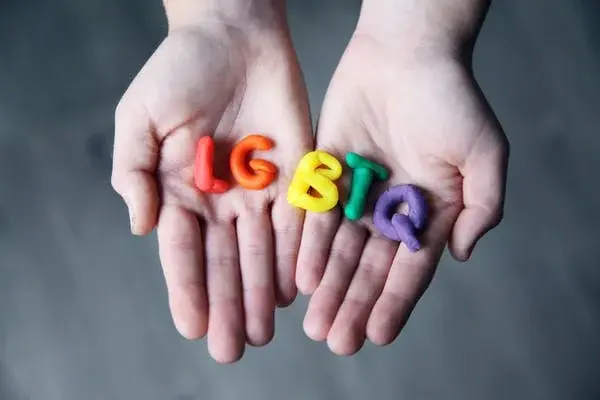
For Teachers & Professionals
Improving Communication With Sexual and Gender Minority Patients
Sexual minorities must often counter others' assumptions that everyone is heterosexual or that people who look or act a certain way have a heterosexual sexual orientation. A more inclusive approach to social or sexual history is to ask all patients standard questions that avoid assumptions about sexual orientation and behaviours.
Some examples are here reported.
1. Validate identities
Do ask questions that validate all identities and behaviours and that promote an inclusive environment.
Examples can be: “What name do you go by?”, “What are your pronouns?”, “Are you sexually active?”, “With whom are you sexually active?”, “What is/are the gender(s) of your sexual partner(s)?”, “What kinds of sexual contact do you have?”, “What body parts are involved in the sex that you have?”
2. Assumptions and disclosure
Do not assume you know a patient's sexual orientation or gender identity, and do not put the burden of disclosure on the patient. Ask about sexual orientation and gender identity on demographic forms and/or during the clinical encounter.
3. Recommendations
Do base recommendations on sexual history and behaviour, not on identity. This helps avoid making clinical decisions based on stereotypes and myths. In addition, identity, behaviour, and attraction must be considered as separate constructs.
4. Corrections and apologies
Do let patients know it is okay to correct you and apologize if mistakes are made. “Please correct me if I make any mistakes.”, “I am sorry for my mistake. Let me try again.”
5. Personal factors
Factors like personal curiosity and stress might have an influence on the visit. Pause and ask yourself if what you are about to ask is clinically relevant, or from personal curiosity. Be also aware of personal fatigue and work-associated burden. Remember that displays of implicit bias are more common in the context of stress, which erodes cognitive control over the expression of bias. Practising meditation and mindfulness may reduce bias by limiting their activation, through promoting emotional control, increasing self-compassion and compassion toward patients, and improving patient-centred communication.
6. Educate yourself further and address bias
The concept of sexual identity is very actual and quickly changing in its definitions and societal adaptation. Access additional resources on culturally affirming communication and care for sexual and gender minority people.
Motivation to address bias can be enhanced by becoming more aware of one's own preferences, behaviours, and biases. This can be accomplished by noticing times when an assumption or prejudicial belief arises and asking colleagues to point out any observed errors. Awareness paired with training in culturally affirming care and practising communication strategies may be effective. In order to increase knowledge, clinicians can participate in conferences, meetings, and online continuing medical education programs, such as those offered by the National LGBT Health Education Center.
7. Address structural bias
it is important to acknowledge that healthcare inequities must also be addressed at a neighbourhood, institutional, and policy levels. Healthcare organizations can make intentional changes to the clinical environment to reduce bias and promote inclusion. Examples of structural and environmental changes within the healthcare organization include having all-gender restrooms, adding sexual orientation, gender identity, and gender expression to patient and staff non-discrimination policies, incorporating images of minority people in marketing and educational materials, hiring minority people at all levels of care and training all staff in culturally affirming care.
REFERENCES
McDowell M. J., Goldhammer H., Potter J. E., Keuroghlian A. S., (2020). Strategies to Mitigate Clinician Implicit Bias Against Sexual and Gender Minority Patients, Psychosomatics, Volume 61, Issue 6,mPages 655-661, ISSN 0033-3182, https://doi.org/10.1016/j.psym.2020.04.021.
Share the knowledge!
More For Teachers & Professionals Q&A

Pregnancy and Sexuality

Addressing Young Women's Sexual Health in a Non-Judgmental Way

Testicular cancer and Sexuality

Intellectual disability and Sexuality – part 2: Sex Education

Improve the health care environments for patients with nonbinary/ nonconforming gender identities

The Problem of concepts such as Femininity and Masculinity in Sex education
This is a website that WE are building together. If you have a question there is no answer to on this site, send it here!
